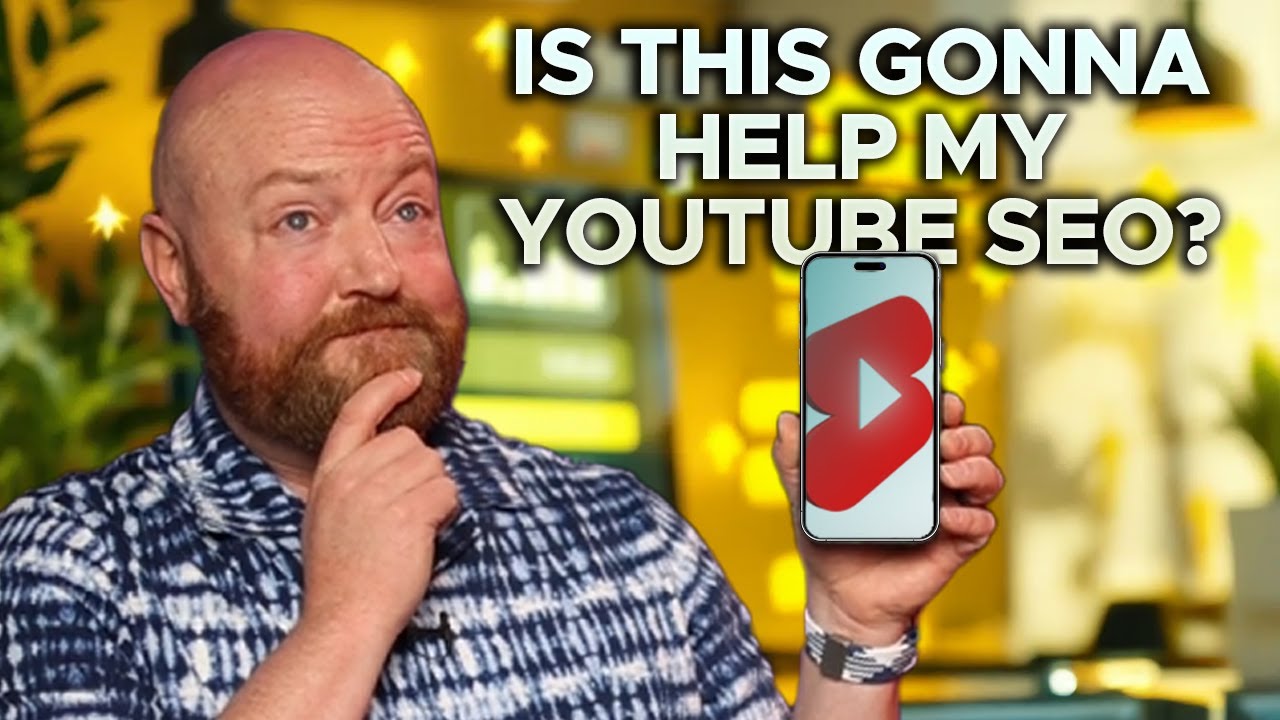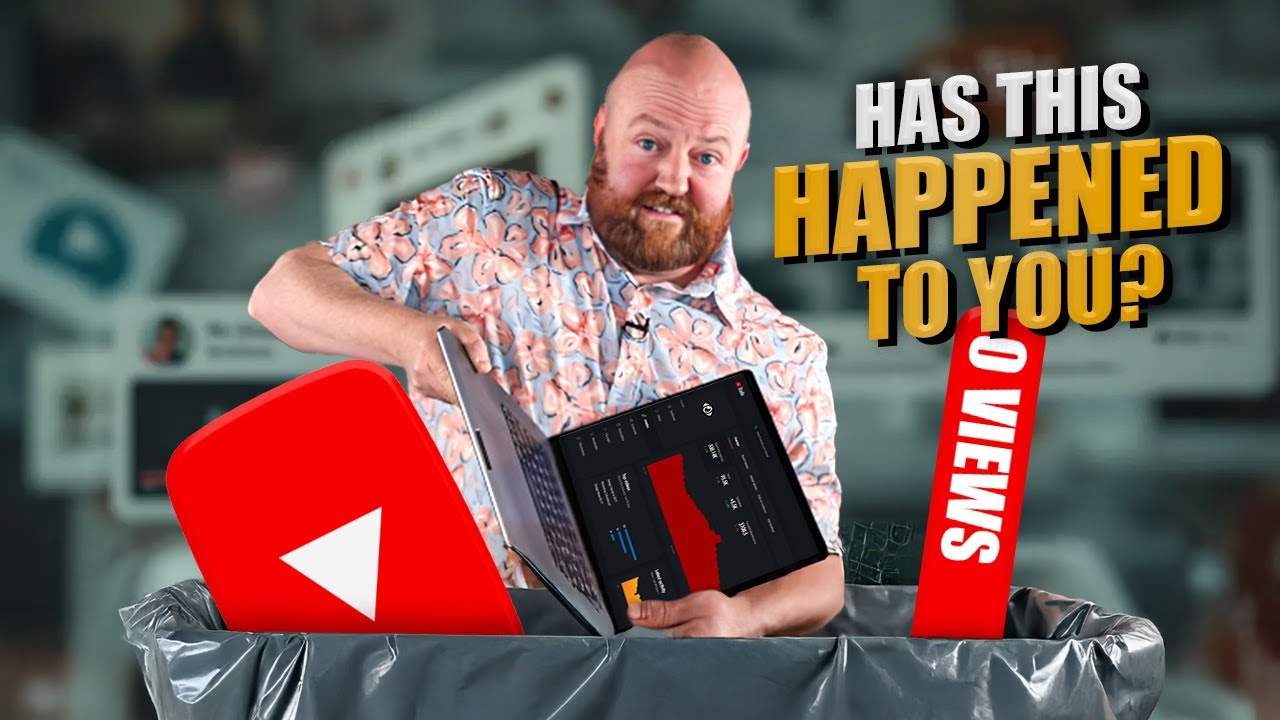Are you treating your YouTube SEO strategy the same way you approach Google SEO? If so, you might be using outdated tactics that haven’t been effective for years! In this episode, we’re breaking down the key differences between optimizing for YouTube and Google, revealing what works today, and showing you how to rank your videos at the top of both search engines.
The Old World of Website SEO (and Why It’s Obsolete for Video)
Remember the days of complex link-building strategies for websites? The diagrams with your “money site” in the center, surrounded by layers upon layers of other websites, blog comments, and articles all designed to funnel “link juice” and authority back to your main page? It was a convoluted web of often low-value content, all in the pursuit of ranking on Google.
That old approach is simply not how you achieve results with video content today.
The Modern Reality: Content is King (on Both Platforms)
The good news is that ranking on both YouTube and Google for video can be much simpler now. Instead of building an intricate web of backlinks to a website, you can achieve similar (and often better) results by creating a single, high-quality video that directly answers a specific question your target audience is searching for.
A Concrete Example:
Let’s say you help people improve their productivity. In the old website SEO world, you’d focus on optimizing your website for keywords like “improve productivity” and building authority around that topic with numerous links.
Today, the game has changed. By creating a single video titled “How to Improve Productivity on a Construction Site” and posting it to YouTube, you have a strong chance of ranking at the top of both YouTube and Google for that specific query, driving consistent search traffic for years to come.
The Power of Search Traffic: A Real-World Example
Take the YouTube channel of Chad Littlefield. By analyzing his traffic sources, we see that a significant portion of his views comes from search – both YouTube search and, crucially, Google search. In a recent 28-day period, he garnered thousands of views from each, demonstrating the power of optimizing video content for search to generate valuable leads for his business.
Beware of Misleading YouTube SEO Tools
Here’s a critical point: many of the tools claiming to help you with YouTube SEO often provide misleading information. They might give your videos an arbitrary “SEO score” based on a checklist of actions, but this score often has little to no correlation with actual ranking performance.
Real-World Ranking vs. “SEO Scores”:
Consider a video ranking at the very top of YouTube for a specific search term. These tools might give it a low score, leaving you confused. The truth is, you can’t simply “do SEO” to a video after it’s created and expect it to rank.
The Right Approach: Keyword Research Before Creation
True YouTube and Google video SEO starts with keyword research. You need to identify the specific questions your target audience is asking before you even film your video. By creating content that directly answers these questions, you’re setting yourself up for success in search results. The “SEO score” provided by many tools is often just a reflection of whether you’ve filled out certain metadata fields, not an indicator of actual ranking potential.
Dominating Your Niche Through Keyword Research:
Imagine identifying a cluster of specific questions within your niche that your ideal audience is searching for. By systematically creating videos that answer each of these questions and tracking your ranking for each one, you can achieve true “YouTube domination.” This real-world measurement of your ranking performance is far more valuable than any arbitrary score.
Your Path to Ranking Success:
Forget the outdated tactics of website-centric SEO. To rank your videos on both YouTube and Google today, focus on:
- In-depth Keyword Research: Discover the exact questions your target audience is asking.
- Creating High-Quality, Targeted Videos: Develop content that directly and thoroughly answers those questions.
- Optimizing Video Details: Use relevant keywords in your titles, descriptions, and tags (based on your research), but don’t obsess over arbitrary scores.
- Focusing on Value: Provide genuine value to your viewers, encouraging engagement and watch time, which are important ranking factors.
By understanding the fundamental shift towards content-based search and prioritizing answering your audience’s specific questions, you can effectively rank your videos on both YouTube and Google and drive consistent, valuable traffic.




